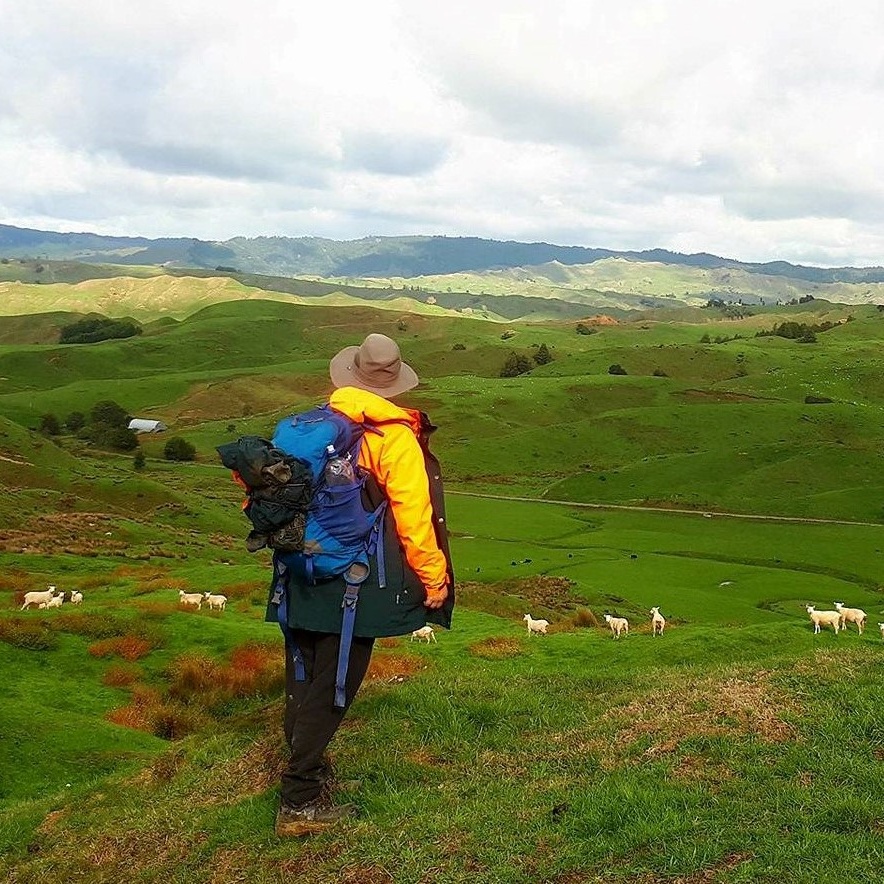Sake Brewing in Saku

Located in Nagano Prefecture, a short Shinkansen ride from Tokyo, the small city of Saku may not be the first place you’d think of as a tourist destination. But delve deeper into the city and you’ll find a fascinating history and rich provision of ancient Japanese culture, especially when it comes to the art of sake brewing.
By Eli Sooker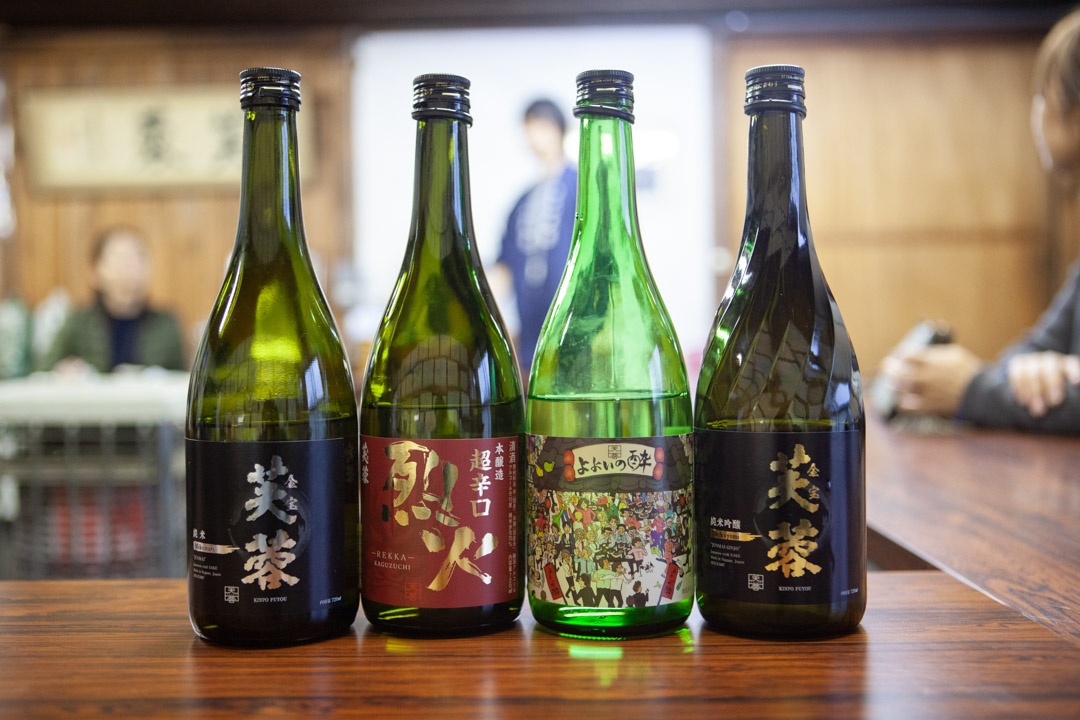
Gazing out the car window on the way to the small city of Saku, I can’t help but feel a sense of scepticism.
“Oh look, a Seiyu,” says the American man sitting in the seat behind me. Everyone laughs; residents of Japan know that Seiyu, a 24 hour supermarket chain, is a generic sight in any Japanese city. The man bashfully tries to correct himself. “A kawaii Seiyu, though. Not like the ones in Tokyo.”
When one looks out across the scenery of Saku, this might be one of the few compliments that can be mustered. It seems a bland city, nothing but white and grey block buildings with a few patches of rice on the horizon. On a clear day, you would see the Northern Alps, but all that is hidden from us on this gloomy, overcast day.
But if a “kawaii Seiyu” was the best compliment we could think of at the outset of our trip, by the time we left, all of us had changed our minds.
Delve deeper into the city and you’ll find a fascinating history and rich provision of ancient Japanese culture. In particular, the careful methodology of sake brewing that has been passed down through the centuries is Saku’s hidden gem. For anyone who wants to find out what sake, Japan’s world-renowned alcoholic beverage, is really all about, there may be no place better than Saku. Even for those like me, who generally don’t go minding the business of how the flavorsome alcohol on the table in front of them got there, the world of sake brewing opening up roomily before you comes as quite an engaging surprise.
The Key to Unlocking Saku’s Door: Kurabito Stay
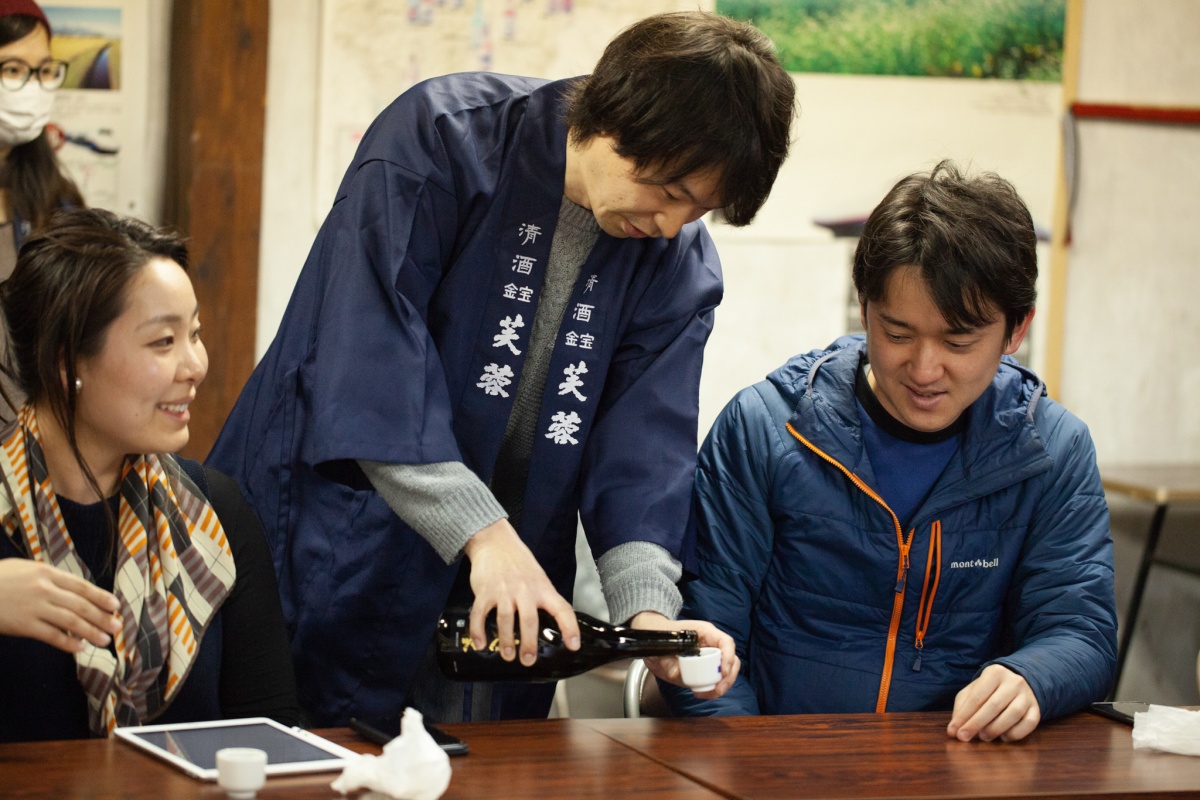
The only question really is how does one enter this world of sake brewing, and the many fascinating cultural aspects that come with it? How does one uncover the gem and delve deeper, beneath the surface of Saku City?
For anyone who has tried to probe outside of the more accessible, tourist-filled parts of Japan such as Tokyo, Kyoto and Osaka, it's a common question. Its long history of isolation from other countries has helped preserve a unique, only-insiders-know culture that, when combined with the befuddlement of a language barrier, makes getting at the heart of off-the-beaten-path Japan seem like searching for a landmark shrouded in fog.
That’s where Kurabito Stay comes in. A recently forged tourism initiative, they offer an overnight sake and cultural experience in the city. By combining visits to small local breweries, Japanese restaurants, shrines, temples, and a traditional ryokan (Japanese inn), Kurabito Stay act as the needle which threads together the scattered pieces of Saku’s story. They also provides guidance in English, and are working hard to promote Saku to the international market.
That’s how I got here. I’d heard that they were looking for expats to trial the experience, and despite being no sake expert, thought why not? The others testing the experience with me included the American mentioned earlier, his Japanese wife, a French man and his Japanese girlfriend. Just like regular guests of Kurabito Stay, we would be partaking in the activities of Kurabito Stay’s experience together, despite being complete strangers.
Share the Experience with New Friends
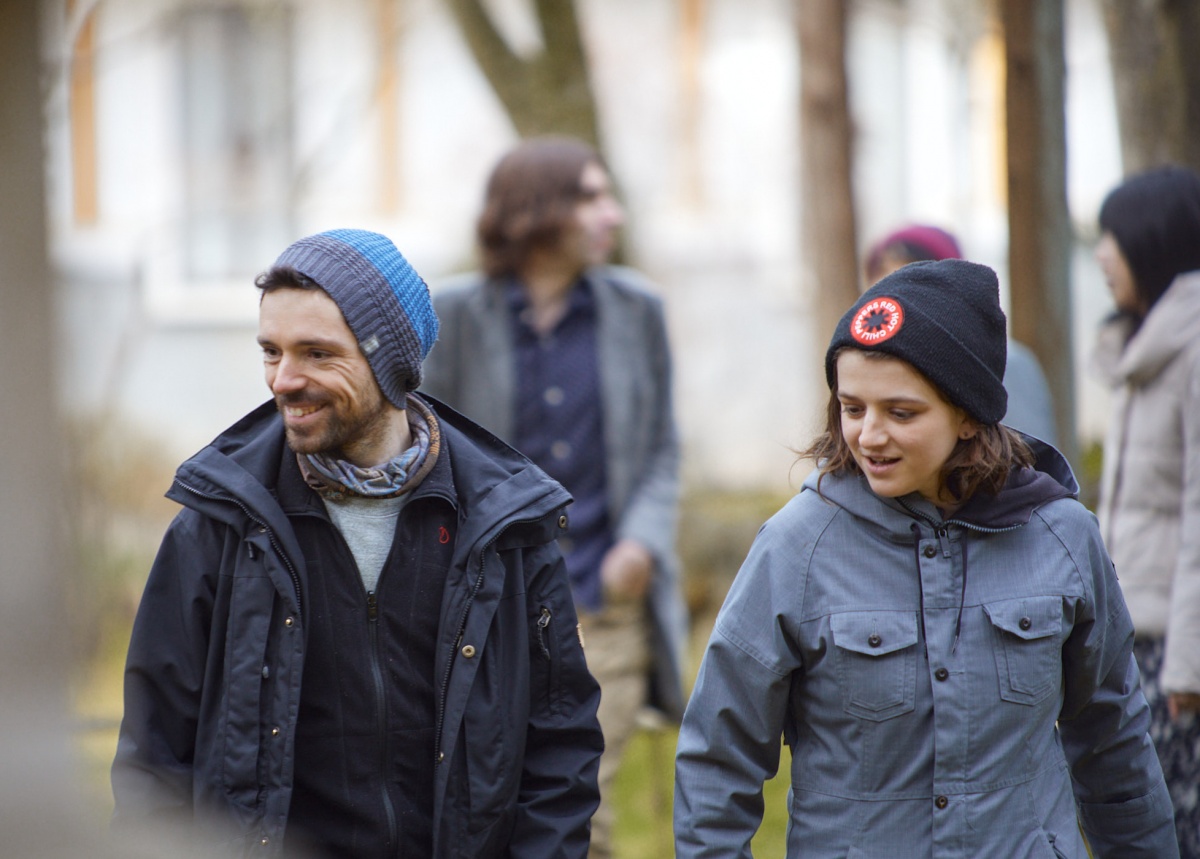
One thing in particular I noticed on Kurabito Stay’s website was the emphasis of the other guests, and locals, with which I would share the experience. There are multiple mentions in phrases like “enjoy dinner with your brewing companions” and “rise and shine with your fellow brewers.”
My first thoughts were that it seemed corny and unrealistic, but to my surprise, I did make fast friends with my companions, and came to thoroughly enjoy their company! This, I think, is a unique aspect of Kurabito Stay which adds to its depth.
Shrines, Temples & the Zazen Experience
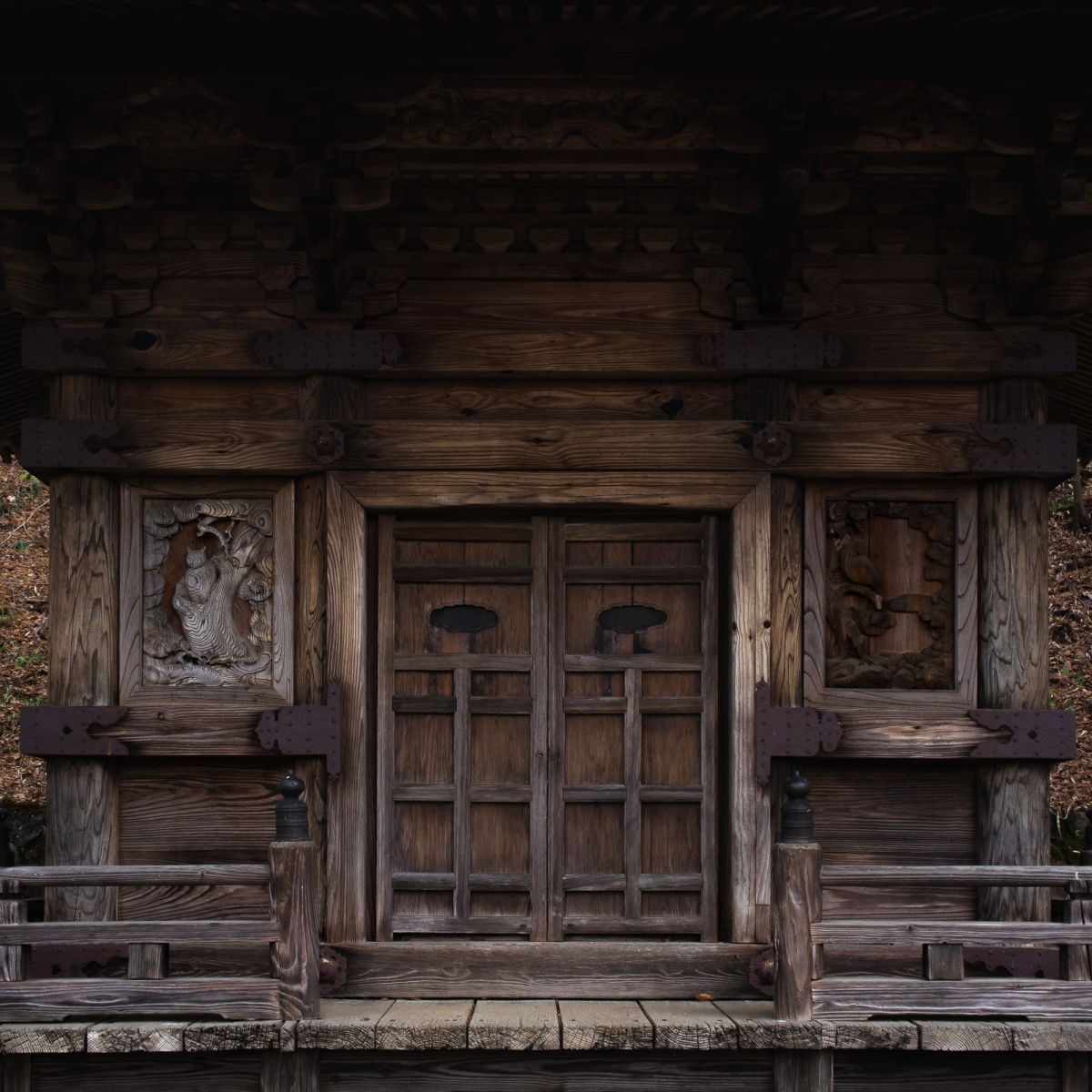
While marketed as a sake brewing experience, Kurabito Stay offers much more than just learning to make sake. Rather, it utilizes sake as the common point which links various parts of Japanese culture together. For instance, we learned that the history of sake is tied directly to Shintoism, Japan's homegrown, polytheistic religion. It was oddly calming that the first thing we did, early in the morning, was visit a shrine deep in the surrounding forest. Here we learned the traditional way to make a wish to Shinto deities.
Compared with the throngs of people I’ve encountered at shrines in Tokyo and Kyoto, Shinkaisansha Shrine in Saku was a pleasant reminder that not all pearls of a country are located in its famous spots. As well as visiting the shrine, we had a Shinto priest, dressed in traditional white garb, come to bless our brewing experience before it began. Despite living in Japan for almost three years total, I had never seen something like that before.
Photo by Arnaud Wolf Photography.
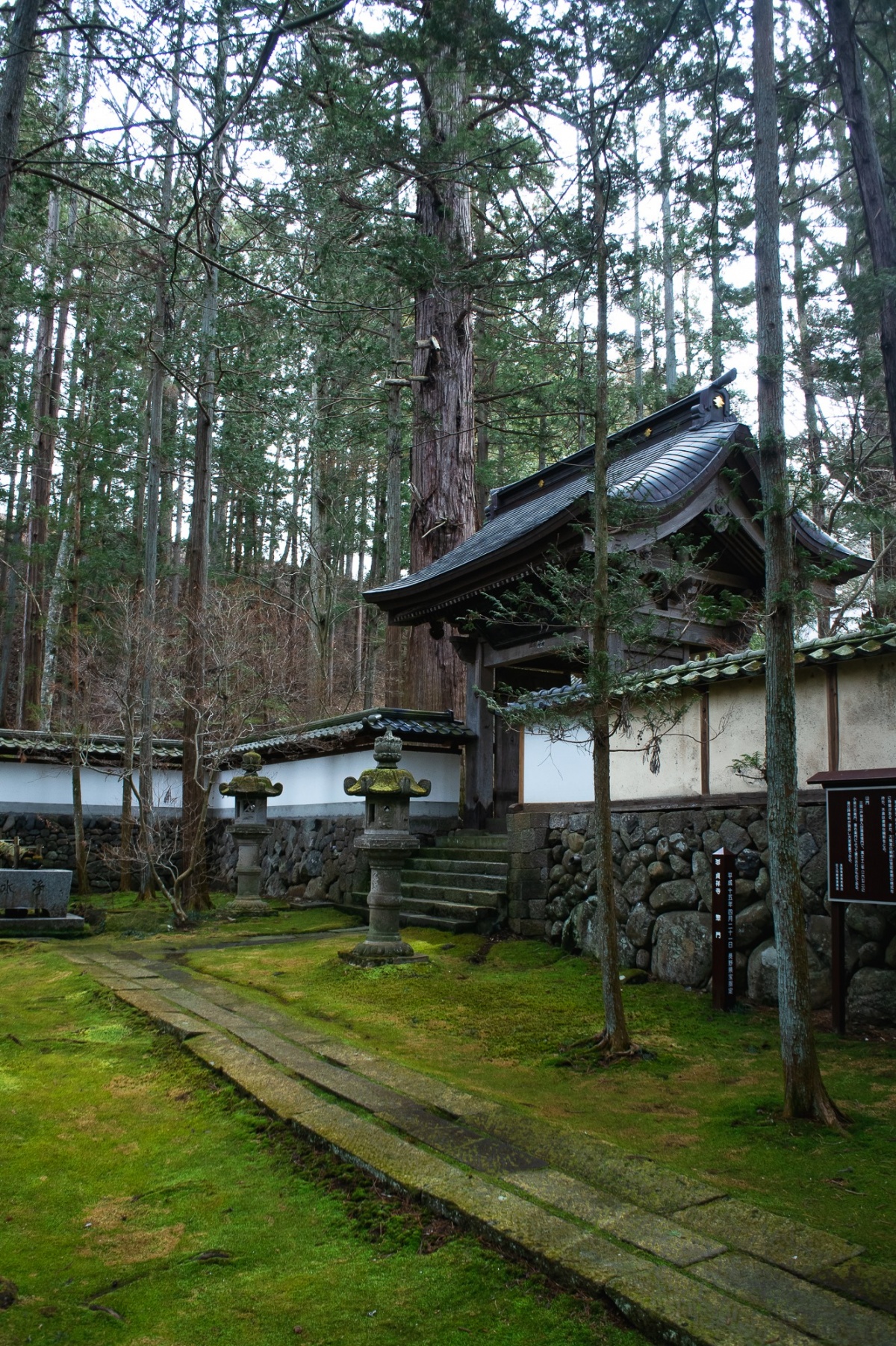
Nor had I participated in Zazen, a Buddhist form of meditation about which many people throughout the world are curious. This too was included in the Kurabito Stay experience, and so we visited a beautiful Buddhist temple, equally free of crowds and nestled in forest, to get a taste of what Zen was really all about.
Photo by Arnaud Wolf Photography.

I remember the cold of the uninsulated meditation hall where we told to place our cushions and sit facing the wall, still as ice, to empty our minds. The Buddhist priest paced quietly behind our backs, ready to wield his wooden stick onto us should a movement of our bodies betray that we were losing concentration.
Luckily, I received not one but two whacks of the cane for the cameraman’s sake. Coming out of the Zazen experience my mind felt surprisingly clear and refreshed, but my body was ready for lunch!
Japanese Delicacies and Traditional Cooking
When pairing with sake, one becomes aware the importance of food. Much like wine-food pairings, sake-food pairings are an important part of sake culture, and I was very happy to get hands-on, as it were.
We got to try all kinds of local delicacies, arranged into perfectly aligned bento boxes alongside decorative sake cups. This included koi (carp), the symbolic fish often witnessed in pools within temple grounds. Though often considered inedible, when one knows how to cook koi, it seems it can be extremely delicious!
Photo by Eli Sooker Photography.
While there was quite a range in my bento box that could easily fit into the “unusual Japanese foods” category, I’m not a fussy eater and gave everything a try; after all, "when in Rome." Hearty mountain vegetables, assortments of shellfish, and pickled items were some of the things we were served; but more common, popular Japanese foods such as sushi and tempura were also included, and there was so much of it that going hungry was definitely not a concern.
I remember we ate so much on the first day that I could only stomach a few mouthfuls of dinner, as delicious as it looked. Little did I know that the next day, not only would we be introduced to more traditional meals, but we would also be making our very own soba!
Photo by Eli Sooker Photography.
Like many things in Japan, making soba (Japanese buckwheat noodles) as it turns out, is an extremely fine art requiring honed skills and tuned precision. My sake pals and I shared the job by carrying out one step each in the process, guided by the master of a local soba restaurant. To my dread, I was assigned the very task I knew I would handle least competently: cutting the block of buckwheat previously mixed in water by my companions, into the noodles themselves. I’ve never had very fine motor skills.
Photo by Eli Sooker Photography.
Nor, it seems, the patience needed for a beginner in soba-making to create something halfway presentable. Presentation is of course, a crucial part in running a restaurant and I thanked my lucky stars that the only ones to eat my uneven, chubby buckwheat noodles would be my group at Kurabito Stay.
As soba noodles are meant to be thin like spaghetti, we all had a good laugh dubbing my work “udon,” the much thicker noodle commonly eaten in Japan.
Photo by Eli Sooker Photography.
Inside the Brewery
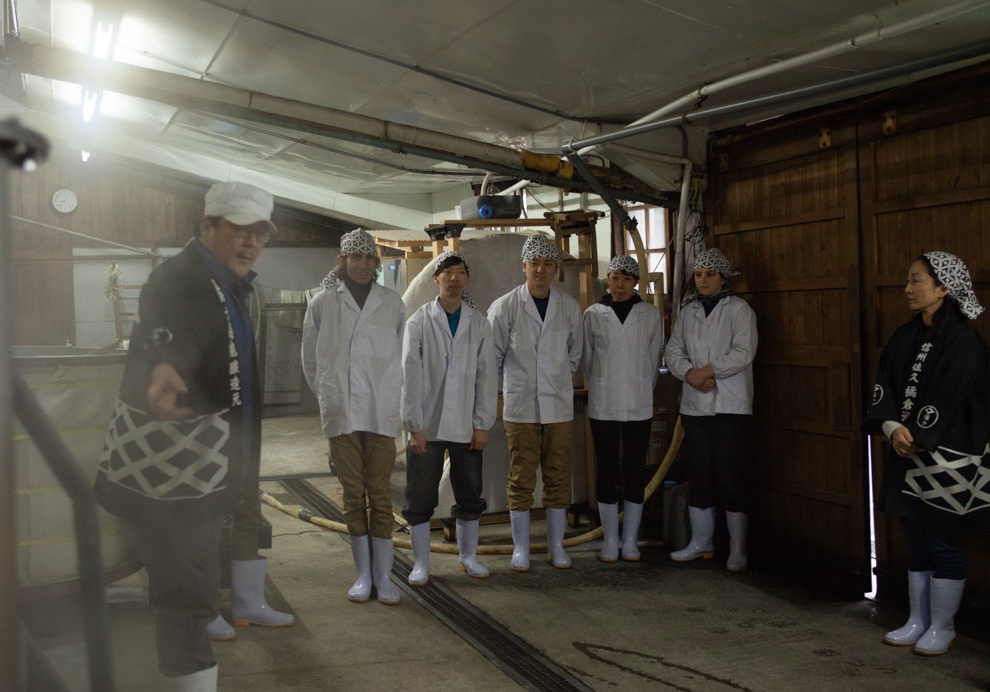
Despite our exhaustion from eating and drinking the previous day, the biting chill of Saku in the early morning soon woke us up. We were ushered into the stone brewery to don rubber boots, gloves and white laboratory-like coats. Enough indulging in the pleasures of sake once it has seen the final production point; today we would get into the dirty work!

Not literal dirty work, of course; the production of sake calls for high hygiene standards, and we were made to spray alcohol and wash our hands in cold running water which numbed the fingers a number of times. We heaved wood buckets of rice, sake’s chief ingredient, from one end of the brewery to the other.

After heading, the rice needs to cool.
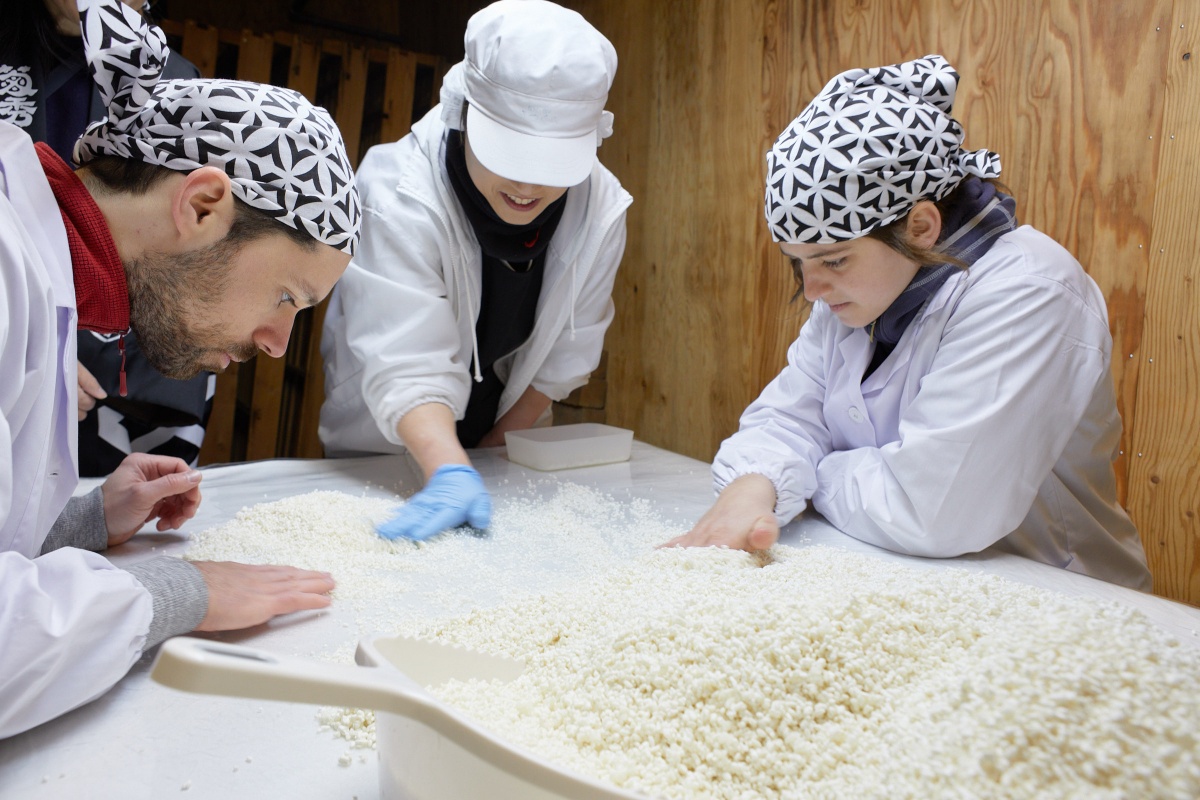
We also picked through the contents to discard imperfect grains of rice.
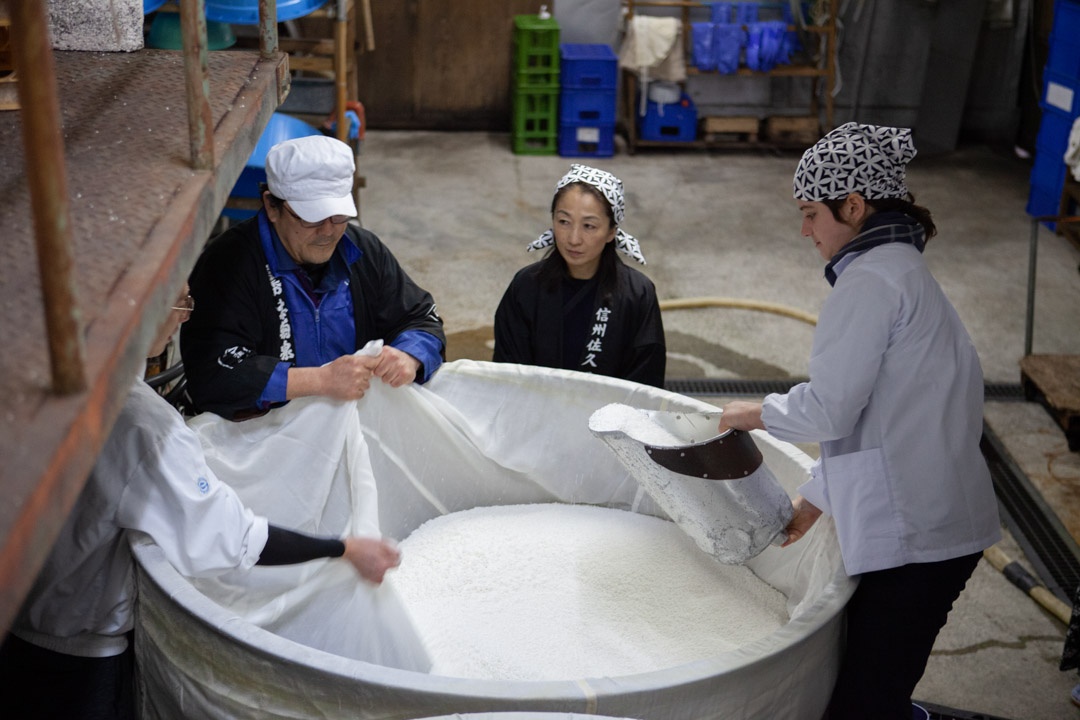
And, most memorable of all, built up a sweat working in the special heated room where rice is handled one last time before being sorted into buckets to ferment. While at first we all heaved sighs of relief to enter the humid, tropical warmth of the room, it wasn’t long before we craved the chill of early morning Saku awaiting us outside.
Goodbyes
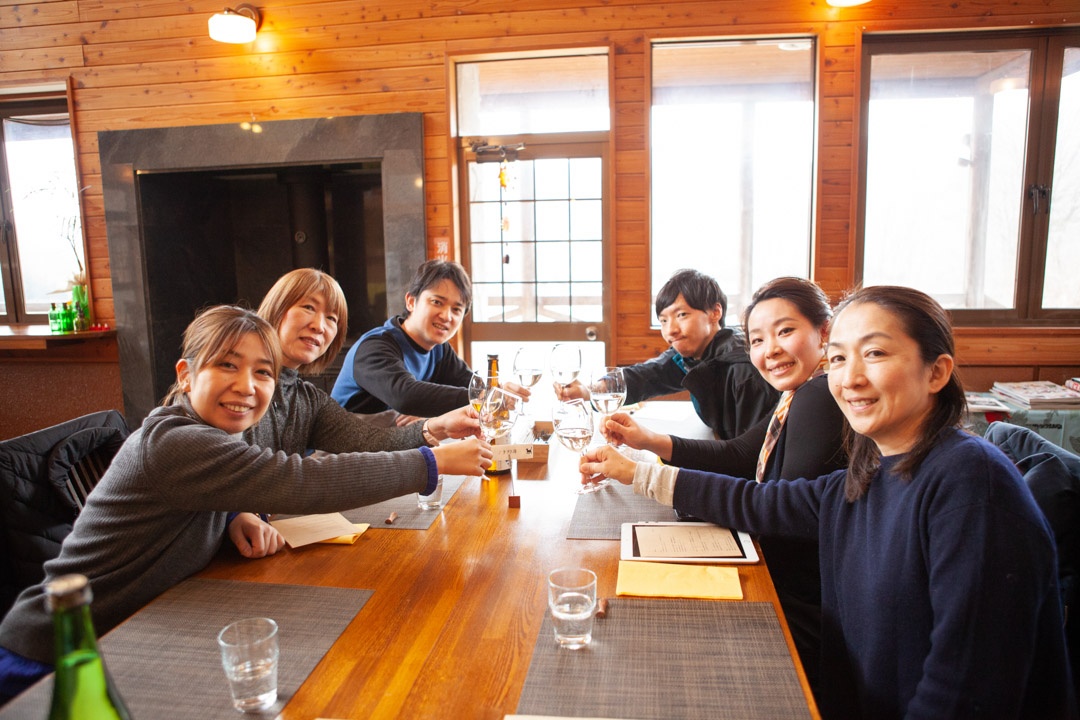
Our hard work and sightseeing being done, we gathered at our fourth sake joint of the journey for one last meal and round of drinks before parting. This brewery was located in a section of the Nakasendo, an ancient road in Japan dating back to the Edo period.

While Saku City contains a large stretch of this famous road, disappointingly much of it looks as ordinary as the remainder of the town. Of course, we now knew that Saku was not nearly as plain and ordinary as it might seem. Moreover, thanks to Kurabito Stay we were able to see this tucked away section of Nakasendo which still contained traditional Japanese architecture dating back all those hundreds of years ago.
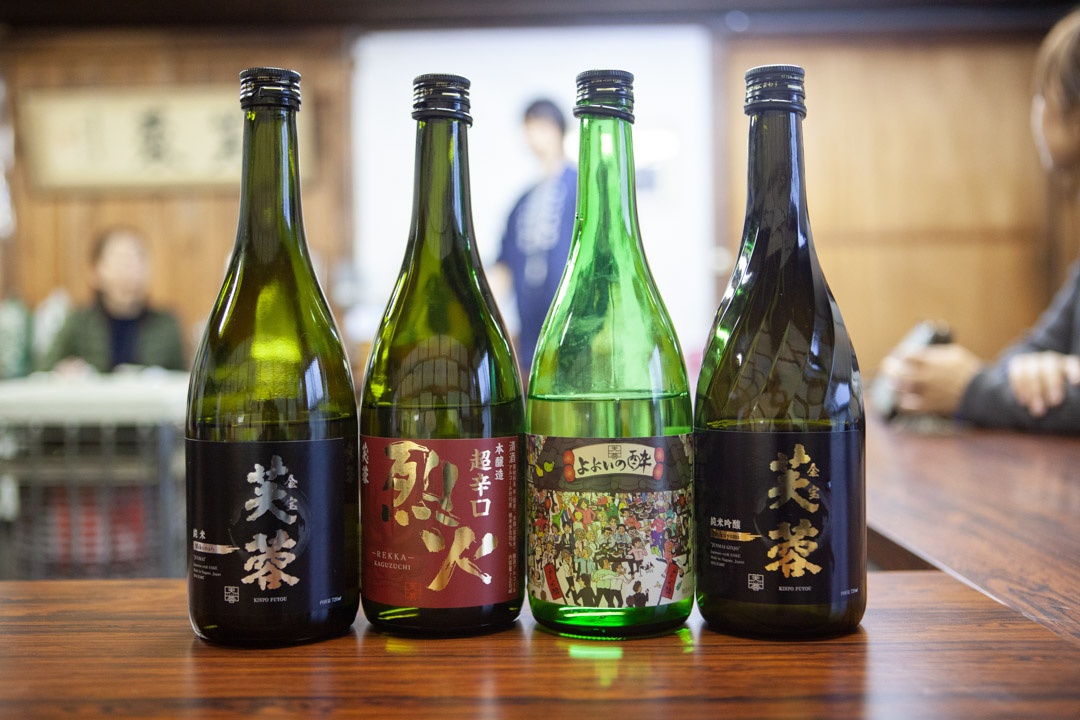
There was a feeling of nostalgia in the air as we downed our last drink and made our way back to the car, padding over old stone tiles on weary but satisfied feet. In that moment it was easy to imagine the Edo period traveler, treading his way in the fresh mountainous air while drinking in the tiled roofs and wooden walls of the traditional buildings. Maybe, once they reached the end of the road, they would stop for a drink of sake and to relax at the very brewery we had just come from.
I turned and exchanged a smile with my sake-brewing companions. “If you ever come this way again,” I said, “let’s get in touch and go for a drink.”
“Maybe we can even visit the kawaii Seiyu,” said another voice.
We all turned and looked to its owner, and laughed heartily. Only this time, it was in irony, as we knew how much Saku really had to offer.
At last, we said goodbye to Saku and to each other.
That is, until next time.


